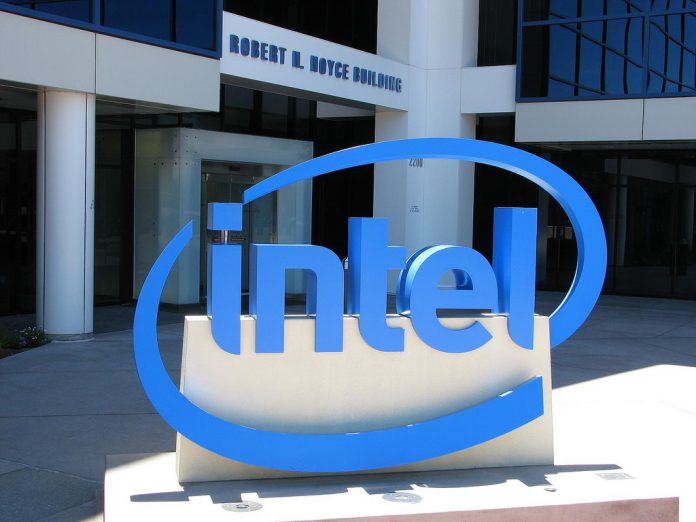Several “high—severity” security flaws in the graphics drivers could allow “escalation of privileges, denial of service or information disclosure”. “Intel is releasing Intel Graphics Driver for Windows updates to mitigate these potential vulnerabilities,” Intel said. The company says the relevant update is available from its official download page. 19 security vulnerability were found and fixes issued. To avoid being exposed to the security risks, Windows 10 users should look for Graphics Driver updates for Windows 10.18.x.5059 (aka 15.33.x.5059), 10.18.x.5057 (aka 15.36.x.5057), 20.19.x.5063 (aka 15.40.x.5063) 21.20.x.5064 (aka 15.45.x.5064) and 24.20.100.6373. It is worth pointing out the CVE dates for these flaws stretch back to 2018. While Intel describes each as critical, importantly an attacker would need local access to a machine to exploit them. The reason for Intel’s urgency seems to be because the updates have been available for months and many Windows 10 users are ignoring them.
Matrix Storage Manager Flaw
Intel also discussed a high-severity flaw in its Matrix Storage Manager. However, no fix for this is incoming as the company would prefer users to simply uninstall the service. “Intel is not releasing updates to mitigate this potential vulnerability and has issued a Product Discontinuation notice for Intel Matrix Storage Manager,” Intel notes in its advisory. The company adds that “improper permissions in Intel Matrix Storage Manager 8.9.0.1023 and before may allow an authenticated user to potentially enable escalation of privilege via local access”.




